
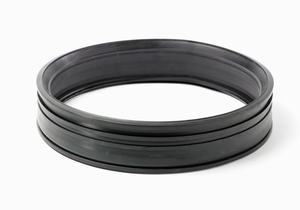
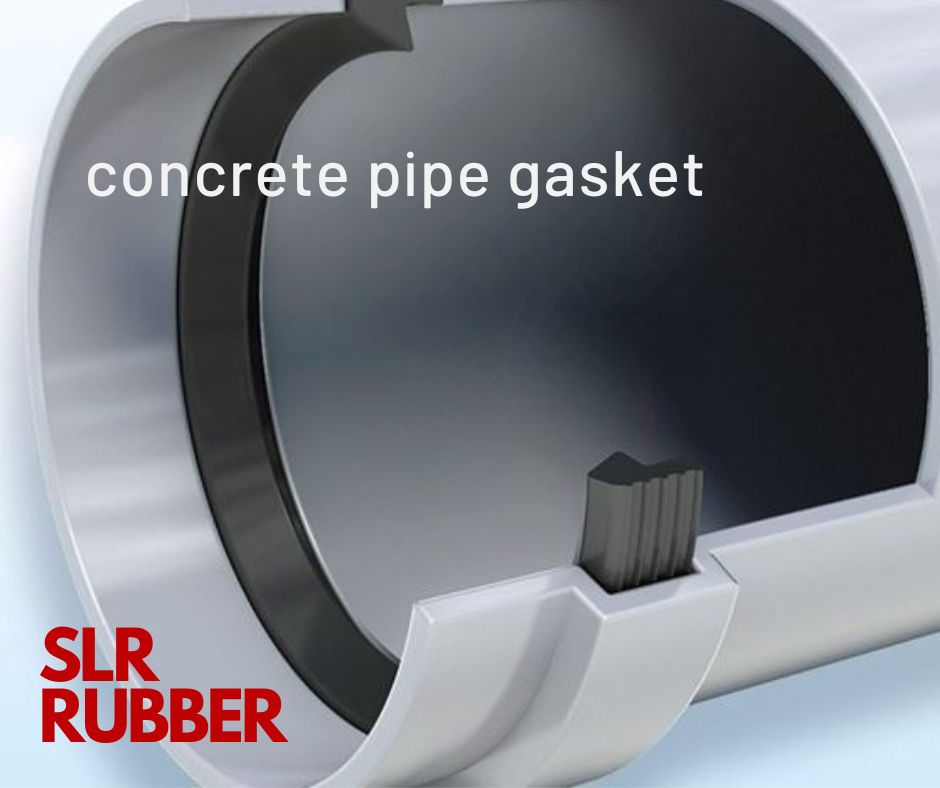
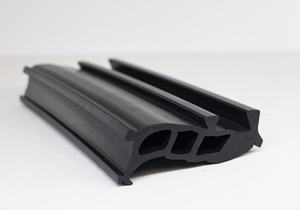
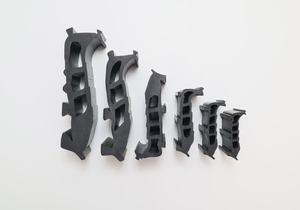

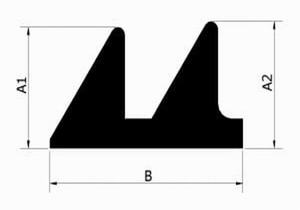


Infrastructure gaskets are crucial components used in various construction and infrastructure projects to ensure leak-proof connections, prevent water infiltration, and maintain the integrity of pipelines, structures, and utilities. These gaskets are designed to provide a reliable barrier against moisture, chemicals, and environmental factors while accommodating movement, vibration, and thermal expansion in infrastructure systems. Infrastructure gaskets play a vital role in a wide range of applications, including water and wastewater management, transportation, energy distribution, telecommunications, and civil engineering projects. Here’s a comprehensive overview of infrastructure gaskets:
- Types of Infrastructure Gaskets:
- Rubber Gaskets: Rubber gaskets, including elastomers such as EPDM (Ethylene Propylene Diene Monomer), neoprene, and silicone, are commonly used in infrastructure applications for their flexibility, resilience, and chemical resistance. They are used to create a watertight seal between pipe joints, manholes, catch basins, and other utility components.
- Compression Gaskets: Compression gaskets consist of a compressible elastomeric core encased in a metal or rubber jacket. They are used in applications requiring high compression and sealing pressure, such as flanged connections, expansion joints, and mechanical couplings.
- Expansion Joints: Expansion joints are used to accommodate movement and thermal expansion in infrastructure systems, such as bridges, highways, pipelines, and buildings. They incorporate flexible gasket materials or bellows to absorb movement and prevent stress buildup in concrete, steel, or composite structures.
- Joint Sealants: Joint sealants, including silicone, polyurethane, and acrylic-based compounds, are used to fill gaps, cracks, and voids in infrastructure components to prevent water infiltration and protect against corrosion, weathering, and structural damage.
- Foam Gaskets: Foam gaskets, including closed-cell foam or sponge rubber, are used to provide cushioning, insulation, and vibration damping in infrastructure applications. They are commonly used in expansion joints, bridge bearings, and noise barriers to absorb shocks, reduce noise transmission, and maintain seal integrity.
- PVC Gaskets: PVC (Polyvinyl Chloride) gaskets are used in infrastructure systems such as water and sewer pipes, electrical conduits, and drainage channels. They provide a watertight seal between pipe joints and fittings, ensuring the integrity and longevity of the piping system.
- Rubber Seals: Rubber seals, including EPDM rubber, neoprene, and natural rubber, are used in infrastructure applications such as tunnel seals, dam gates, and flood barriers. They provide a durable and resilient barrier against water, debris, and environmental contaminants.
- Manhole Seals: Manhole seals are used to create a watertight seal between manhole frames and covers in sewer, stormwater, and utility systems. They prevent water infiltration, odors, and debris from entering underground structures while providing easy access for maintenance and inspection.
- Material Composition:
- Rubber: Rubber gaskets are typically made from synthetic elastomers such as EPDM, neoprene, silicone, or nitrile rubber, chosen for their flexibility, resilience, and chemical resistance. These materials offer excellent sealing properties and durability in harsh environmental conditions.
- Metal: Metal components such as stainless steel, aluminum, and galvanized steel are used in the construction of gasket jackets, frames, and fasteners. Metal seals provide structural support, stability, and corrosion resistance, ensuring the longevity and reliability of the gasket assembly.
- Plastics: Plastic materials such as PVC, polyethylene, and polyurethane are used in gasket seals for their chemical resistance, low friction, and ease of installation. Plastic gaskets are lightweight, cost-effective, and suitable for a wide range of infrastructure applications.
- Operating Conditions:
- Temperature: Infrastructure gaskets must be capable of withstanding a wide range of temperatures, from freezing conditions in cold climates to high temperatures in hot environments. Specialized gaskets with temperature-resistant materials and formulations are used to ensure reliable sealing performance.
- Pressure: Infrastructure gaskets must be designed to withstand the pressure range of the application, including static and dynamic pressures. High-pressure gaskets may require reinforced construction and specialized materials to prevent extrusion, blowout, or leakage.
- Chemical Exposure: Infrastructure gaskets may be exposed to various chemicals, including acids, alkalis, solvents, and oils, depending on the application. Chemical-resistant gasket materials are selected to ensure compatibility with the conveyed fluids and environmental conditions.
- UV Radiation: Gaskets exposed to sunlight in outdoor applications are susceptible to UV radiation, which can cause degradation and deterioration of rubber materials. UV-resistant gaskets with additives such as carbon black or UV stabilizers are used to mitigate the effects of UV exposure.
- Installation and Maintenance:
- Proper installation of infrastructure seals is essential to ensure their effectiveness and longevity. Gaskets should be installed according to manufacturer specifications, including proper alignment, compression, and fastening.
- Regular inspection and maintenance of gaskets are necessary to identify signs of wear, damage, or deterioration and prevent unexpected failure. Gaskets should be inspected for cracks, tears, swelling, or deformation, and replaced as needed.
